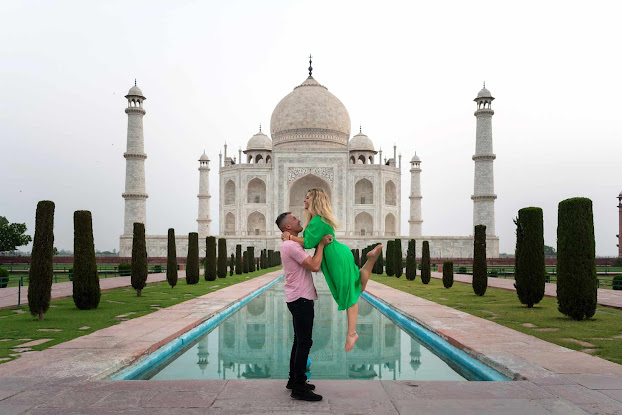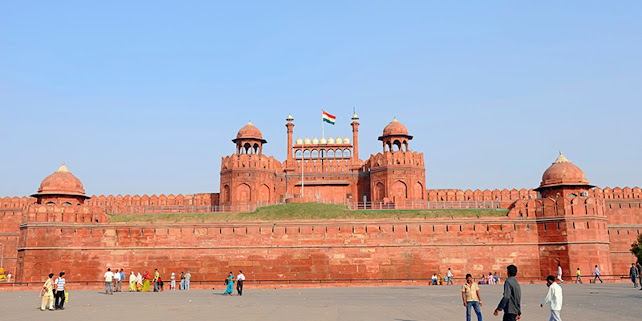Discovering the Majesty of Rajasthan: A Journey through Amber Fort in Jaipur
Introduction:
Nestled majestically on the
Aravalli Hills, Amber Fort stands as a testament to the rich history and
architectural grandeur of Rajasthan, India. Located just a short drive from the
bustling city of Jaipur, Amber Fort is a captivating blend of Rajput and Mughal
influences, offering visitors a glimpse into the opulent past of the region.
Join us on a virtual journey as we explore the timeless beauty and historical significance of Amber Fort.
History and Architecture:
Amber Fort, also known as
Amer Fort, was built in the 16th century by Raja Man Singh I, one of the
trusted generals in the army of Akbar, the Mughal emperor. The fort later
underwent expansions and renovations by successive rulers, including Raja Jai Singh I. The result is a splendid fusion of Rajput and Mughal architectural
styles, characterized by intricate carvings, stunning mirror work, and
expansive courtyards.
As you approach the fort,
the massive fortifications and imposing walls provide a glimpse of the
defensive prowess of Amber Fort. The main entrance, Suraj Pol or Sun Gate, is a
magnificent gateway adorned with vibrant frescoes and frescoed archways,
setting the tone for the grandeur within.
Key Attractions:
Sheesh Mahal (Hall of Mirrors): Perhaps the most famous attraction within Amber Fort, Sheesh Mahal is a dazzling hall adorned with thousands of tiny mirrors. As sunlight filters through the intricately designed windows, the entire hall sparkles like a starlit sky. This architectural marvel showcases the skill and craftsmanship of the artisans of that era.
Ganesh Pol: As you stroll through the
fort, you will encounter Ganesh Pol, a majestic gateway dedicated to Lord
Ganesha. The vibrant frescoes and detailed artwork on this gate are a testament
to the cultural richness of the region.
Diwan-i-Aam and
Diwan-i-Khas: These were the public and private audience halls, respectively, where the
ruler held meetings and entertained important guests. The exquisite architecture,
including finely carved pillars and ornate balconies, reflects the grandeur of
the royal court.
Sukh Niwas: The cool breeze wafting
through Sukh Niwas, or the Hall of Pleasure, provides a refreshing experience.
The ingenious design of the water channels and fountains was meant to counter
the scorching Rajasthan heat, creating a comfortable atmosphere for the royals.
Cultural Significance:
Amber Fort not only serves
as a historical monument but also as a symbol of the rich cultural heritage of
Rajasthan. The fort hosts cultural events and light shows that showcase
traditional music, dance, and storytelling, allowing visitors to immerse
themselves in the vibrant traditions of the region.
Conclusion:
A visit to Amber Fort is
like stepping back in time, where the walls whisper tales of valor, romance,
and regality. The fusion of Rajput and Mughal architecture, coupled with the
breathtaking views of the surrounding landscape, makes it a must-visit
destination for history enthusiasts, architecture aficionados, and anyone
seeking a glimpse into the royal past of Rajasthan. Amber Fort is not just a
fort; it's a living testament to the glorious history and enduring legacy of
the land of kings.







Comments
Post a Comment